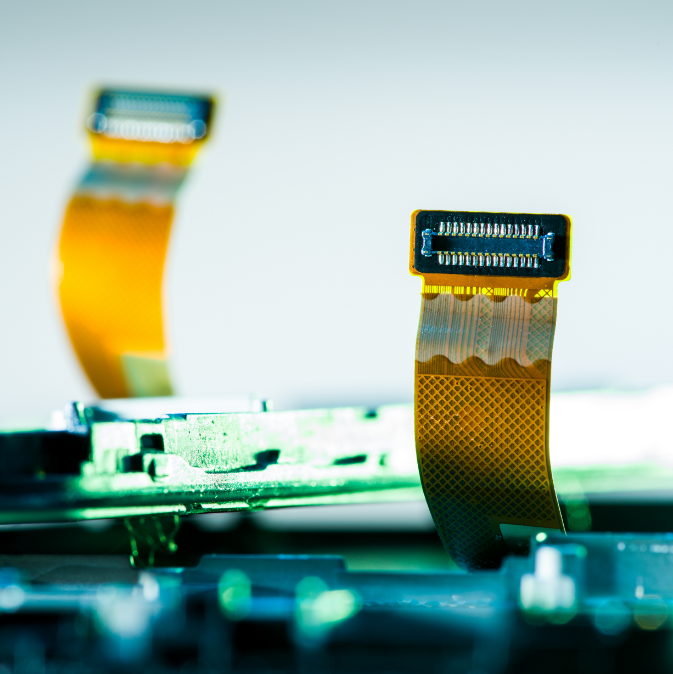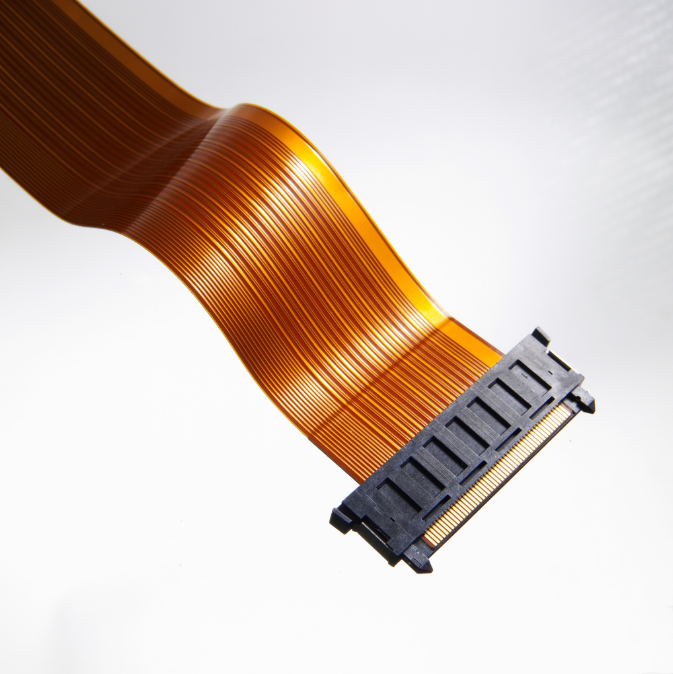Flexible printed circuit boards get the name from the ability to be bent in a working application. This is called dynamic flex. Other flexible design is Intended to be folded to be able to fit a very narrow space in the final assembly.

What is flexible PCB?
Flexible printed circuit boards (also variously referred to as flex circuits, flexible printed circuit boards, flex print, or Flexi-circuits) are electronic and interconnection family members. They consist of a thin insulating polyimide (PI) film, having conductive circuit patterns affixed thereto and typically supplied with a thin polyimide coating to protect the conductor circuits.
Flex PCBs provide more excellent options for designers and engineers when assembling electronic circuits. The flexibility opens them up to use in a wide range of applications.
The technology has been used for interconnecting electronic devices since the 1950s in one form or another. It is now one of the most important interconnection technologies in use to manufacture many of today’s most advanced electronic products.
More historical reading about Flex can be found in our blog post here.

